Tool-shopping tips for flea market fanatics
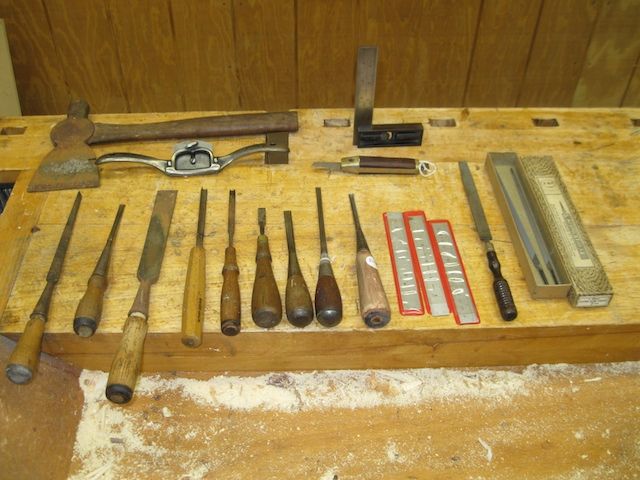
I bought quite a few tools for about $130.
The prospect of finding inexpensive tools from long-forgotten toolmakers lured me to the Brimfield (Mass.) Antique show last Saturday afternoon.
The show is essentially a massive flea market that attracts hundreds of dealers who set up tents on wide swaths of open fields just north of the Connecticut border. It’s open three times a summer, for one week in May, July and September, and attracts thousands of shoppers. I’ve found that it’s big enough to be difficult, if not impossible, to visit every single booth in a day. In my 18 years of going there, I never have.
Given all that old stuff, it’s fertile ground for vintage tool-buyers.
I headed up on a mission for chisels, preferably thinner-widths. I find flea markets and garage sales are particularly great spots for these tools since chisels are fairly common. And since they lack moving parts, it’s easy to size chisels up quickly to see if they are intact. With more complicated tools–power tools, for instance, and in some cases handplanes–it’s difficult to do so in a booth.
When I go tool-shopping at garage sales and flea markets, I like to bring along a few items with me.
- A good, 12-inch combination square, which I use to measure lengths and widths of chisels and check the squareness or flatness of plane soles and other surfaces. I also use it to check whether other squares are in fact square.
- A sheet or two of 320-grit sandpaper, which I use to remove surface rust from items. This is especially handy for checking for makers’ marks on chisels, planes, axes, or other metal tools. Quick tip: Ask a dealer if it’s OK to sand something before buying it. In my own experience, they don’t care, as long as I ask.
- A smartphone. I use this all the time to quickly look up information-and pricing-for items that I am interested in. I check online auctions and try to estimate a market value for tools I know little about. It helps to know whether you’re getting a deal.
- Hand wipes. This sounds silly, but picking through bins of tools and sanding rusted surfaces can leave your hands greasy, dirty and in rare instances bloody. Bring a few wipes along just in case.
- A plan. I find it more fruitful to narrow my focus, rather than plan to look for tools. If I want thinner-width chisels, for instance, that’s all I look for. I’ll even ask dealers if they have those items, and point me to them if they do. If I see other tools along the way, I’ll look. But I try to avoid mission creep in these instances.
- A budget. I only bring along the cash that I’ve budgeted. There’s less chance of losing it, and less chance of succumbing to the temptation to buy unneccessary tools.
This last trip, I spent about five hours wandering along the aisles and fields and found at least three or four dozen dealers with some hand tools, and about six or seven that specializes in vintage woodworking tools and related items. In all, I spent about $150, including the about $20 for lunch and parking, which was my budget. I bought seven chisels, two gouges, a spokeshave, 6-inch double-square, steel protractor, three 6 in. rules, a marking knife, carpenter’s axe and several small files. Clearly there was some mission creep from my stated goal, but in all, I was pleased with the deals I found.
I was especially happy because several of the chisels were of the harder to find variety-Stanley 750 and Everlasting chisels, and two thinner chisels by T.H. Witherby. Although these will require a little elbow grease and tuning, I enjoy the look and feel of these older chisels and enjoy refurbishing them.
Plus, the hunt is fun. There’s something romantic about unearthing and repurposing a good, long-forgotten chisel or hand-tool found at the bottom of a box. And scratching away the rust from the top of dirty steel to reveal the toolmakers whose names are lost to antiquity offers a glimpse into woodworking history that many woodworkers, myself included, find fascinating.
When I get back to my shop, I first sand down rust spots, or in the case of very rusty tools, soak them in a rust remover such as Evapo-Rust. When they’re done, I wipe them down with a rag, hone the back, regrind and polish the bevels and the new chisels are ready to go.

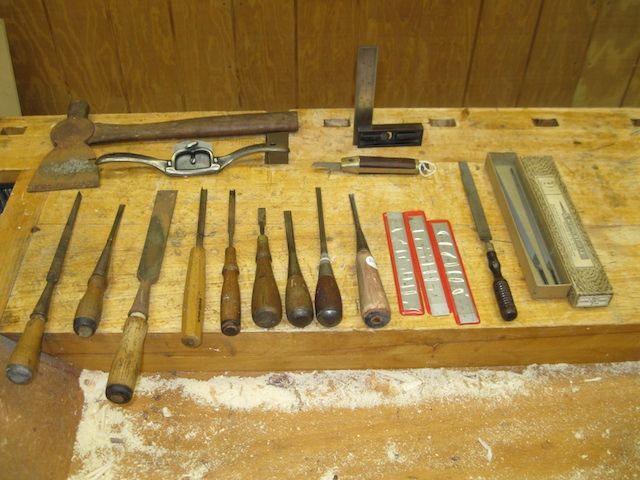
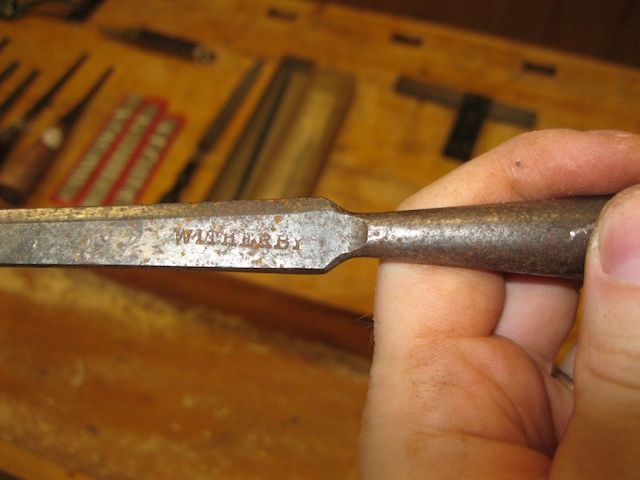
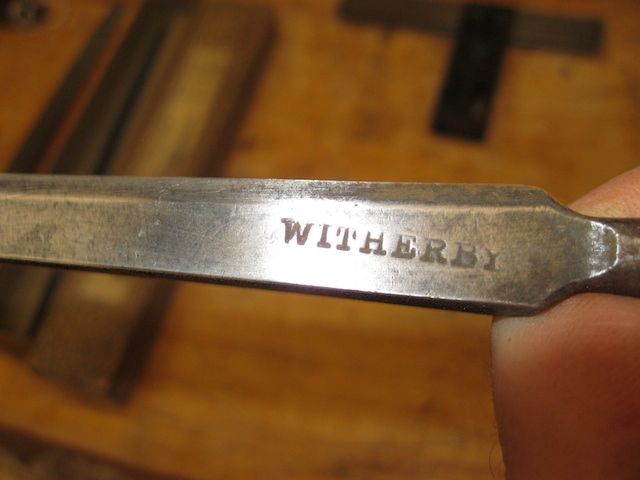
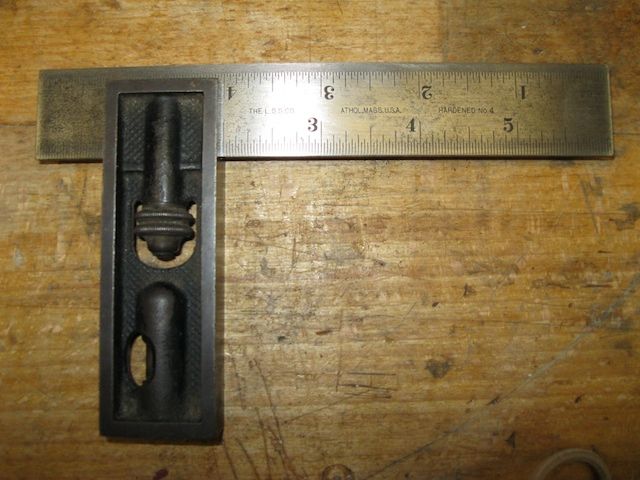
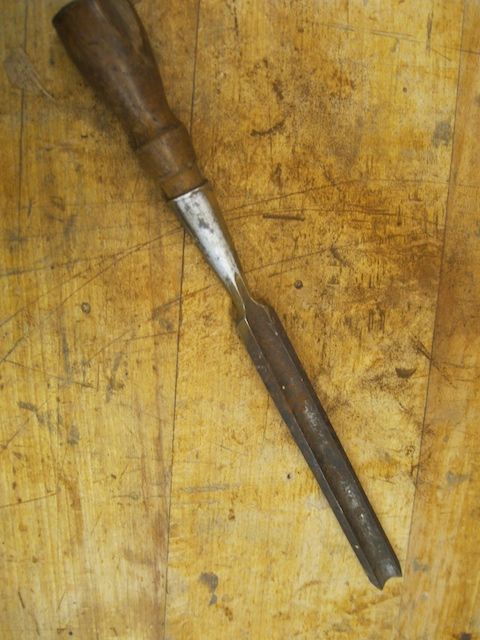
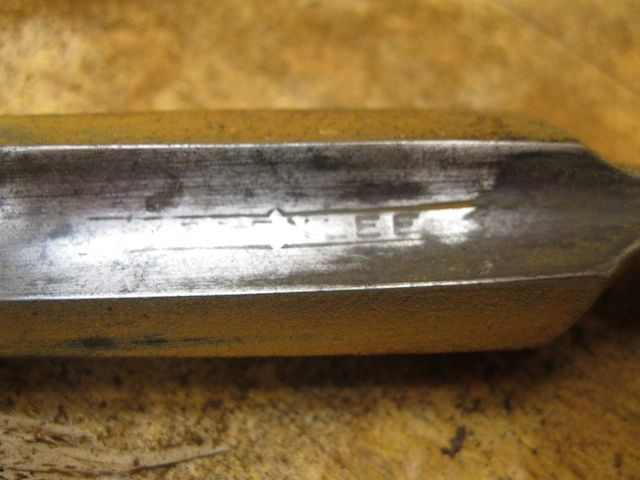
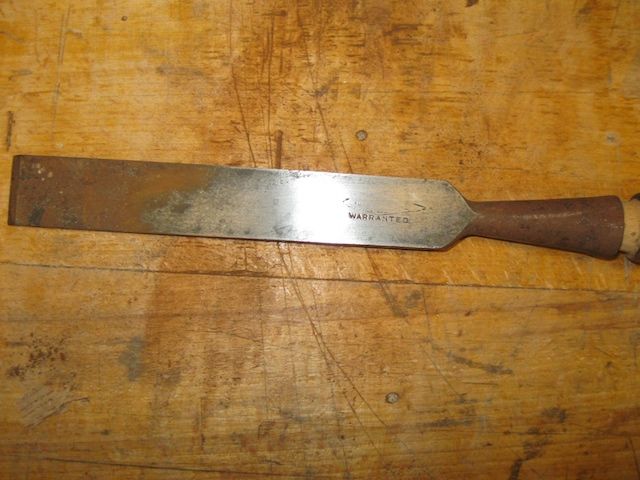
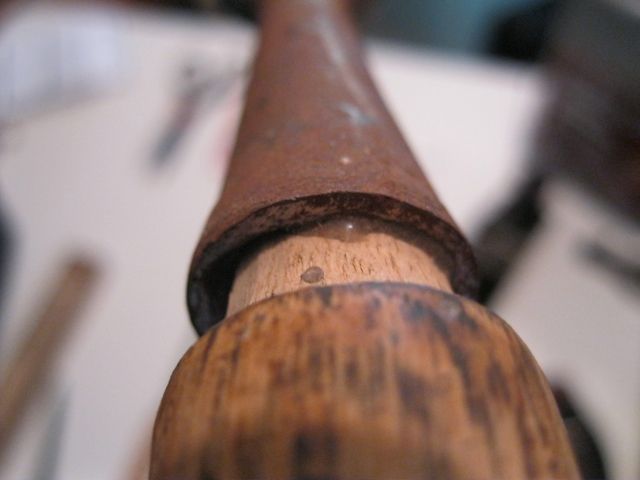
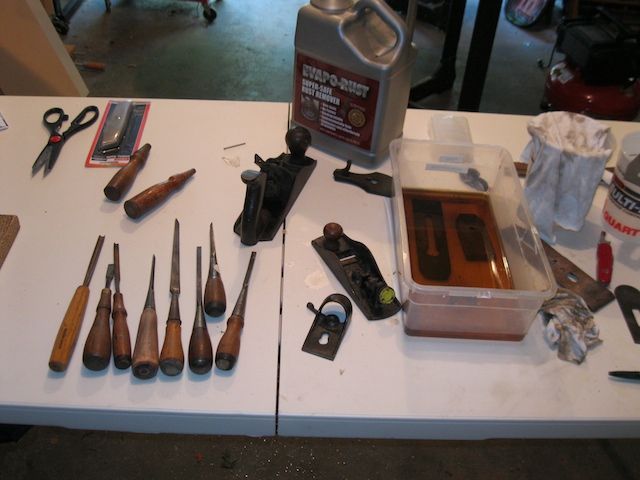


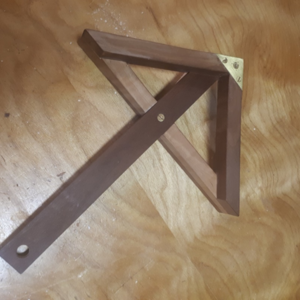
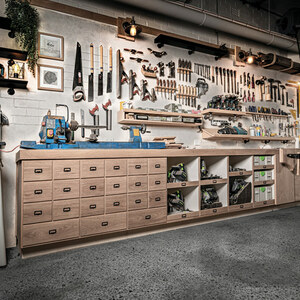
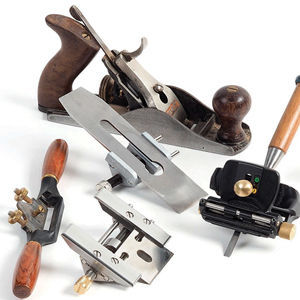
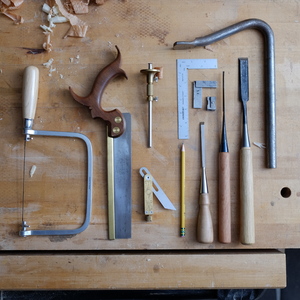












Comments
Flea market tool sales are fun to be sure, but I especially like to shop for tools at estate sales. Estate sales are often a key source of tools for the flea market vendors. I have purchased many excellent vintage hand and power at estate sales at a fraction of the cost of flea markets and resale shops. You'll also find tools that may never make it to a flea market because they are such a sweet find, they go straight to someone's personal collection. The down side is you may have to drive to a number of estate sales where you walk away empty handed, but when you find that real gem in a old, beloved , well used basement or garage workshop, the extra time and effort is well worth it!
I too went to the Brimfield Fair two weekends ago and came back with some great items including a prime #6 Stanley plane, an old Disson hand saw, a rosewood marking gauge,some turning tools and several socket chisels (some old Buck Bros) just to name a few of the tools. It helped that my wife went and found treasures too. We spent 6 hours there and saw about half of the vendors. Hint: Don't pay asking price everyone will negotiate at least somewhat. I highly recommend this fair (no rides or games here) not just for tools but for anyone looking for unique items or old furniture that needs tlc.
Log in or create an account to post a comment.
Sign up Log in